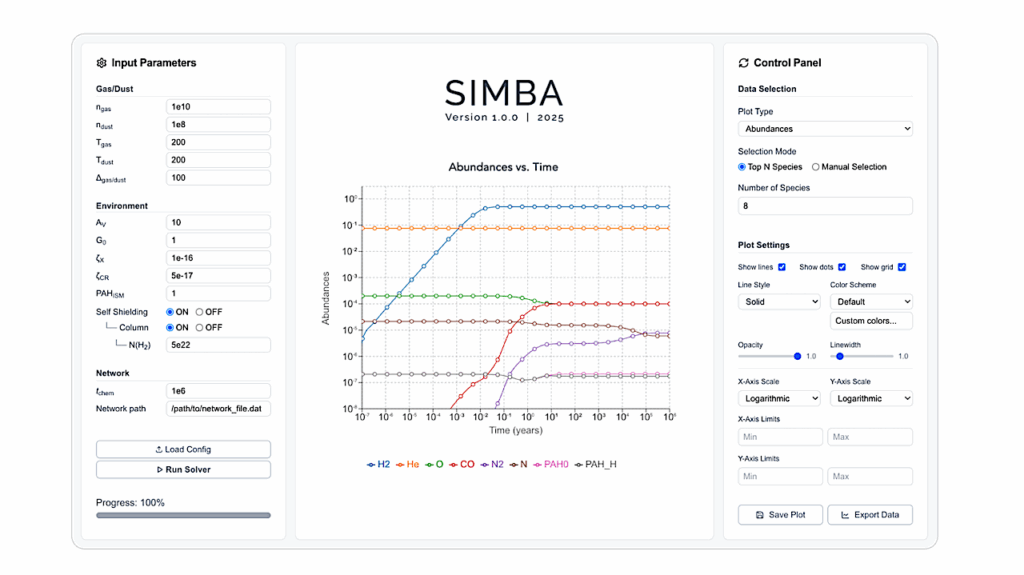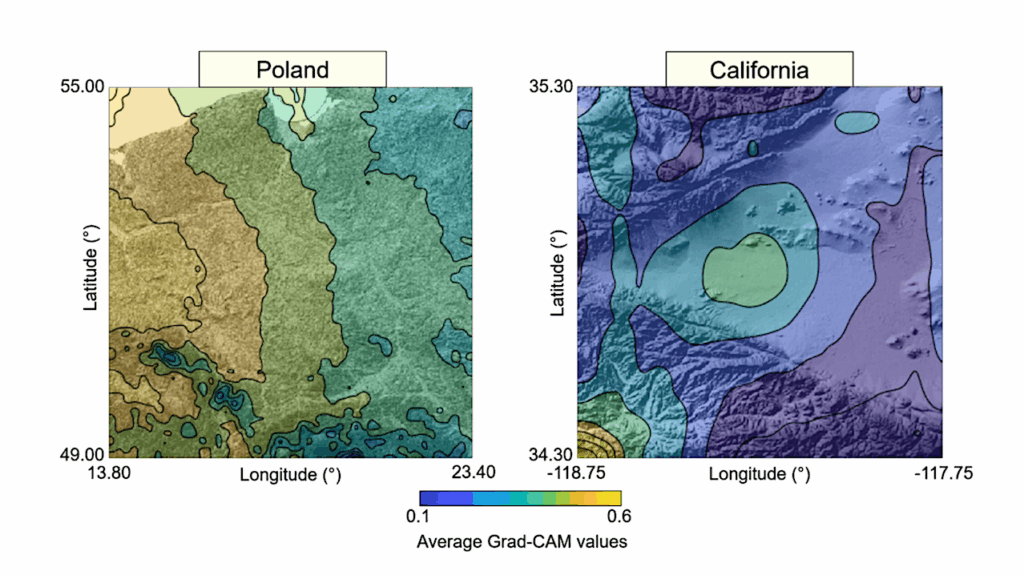sunset: A Database Of Synthetic Atmospheric-escape Transmission Spectra For Nearly Every Transiting Planet

Studying atmospheric escape from exoplanets can provide important clues about the formation and evolution of exoplanets. Observational evidence of atmospheric escape has been obtained through transit spectroscopy in strong spectral lines of various atomic species.
In recent years, the number of exoplanets that have been targeted in this way has grown rapidly, mainly by observations of the metastable helium triplet.
Even with this larger sample of exoplanets, many aspects of atmospheric escape remain not fully understood, such as the role of the stellar high-energy spectrum and planetary magnetic field, highlighting the need for additional observations.
This work aims to identify the best targets for observations in various spectral lines. Using the atmospheric escape code sunbather, we calculate a synthetic transmission spectrum of nearly every transiting exoplanet currently known. This database of spectra, named sunset, is publicly available.
We introduce metrics based on the spectral line strengths and system distance or magnitude, which allow swift identification of the most favorable targets. By analyzing the complete set of spectra from a demographic perspective, we find that the strengths of many spectral lines do not correlate strongly with the atmospheric mass-loss rate, suggesting that a nondetection does not immediately rule out an escaping atmosphere.
Our model spectra show only a weak correlation between the XUV (X-ray and extreme UV) flux and the helium line strength, affirming that the absence of such a trend found by observational works is in fact as expected.
A direct comparison between our synthetic spectra and the sample of observed metastable helium spectra shows that they are generally consistent within the large model uncertainties. This suggests that by and large, photoevaporation is able to explain the current metastable helium census.
Dion Linssen, Antonija Oklopčić, Morgan MacLeod
Comments: Submitted to A&A
Subjects: Earth and Planetary Astrophysics (astro-ph.EP); Instrumentation and Methods for Astrophysics (astro-ph.IM)
Cite as: arXiv:2410.03228 [astro-ph.EP] (or arXiv:2410.03228v1 [astro-ph.EP] for this version)
https://doi.org/10.48550/arXiv.2410.03228
Focus to learn more
Submission history
From: Dion Linssen
[v1] Fri, 4 Oct 2024 08:30:31 UTC (14,825 KB)
https://arxiv.org/abs/2410.03228
Astrobiology








